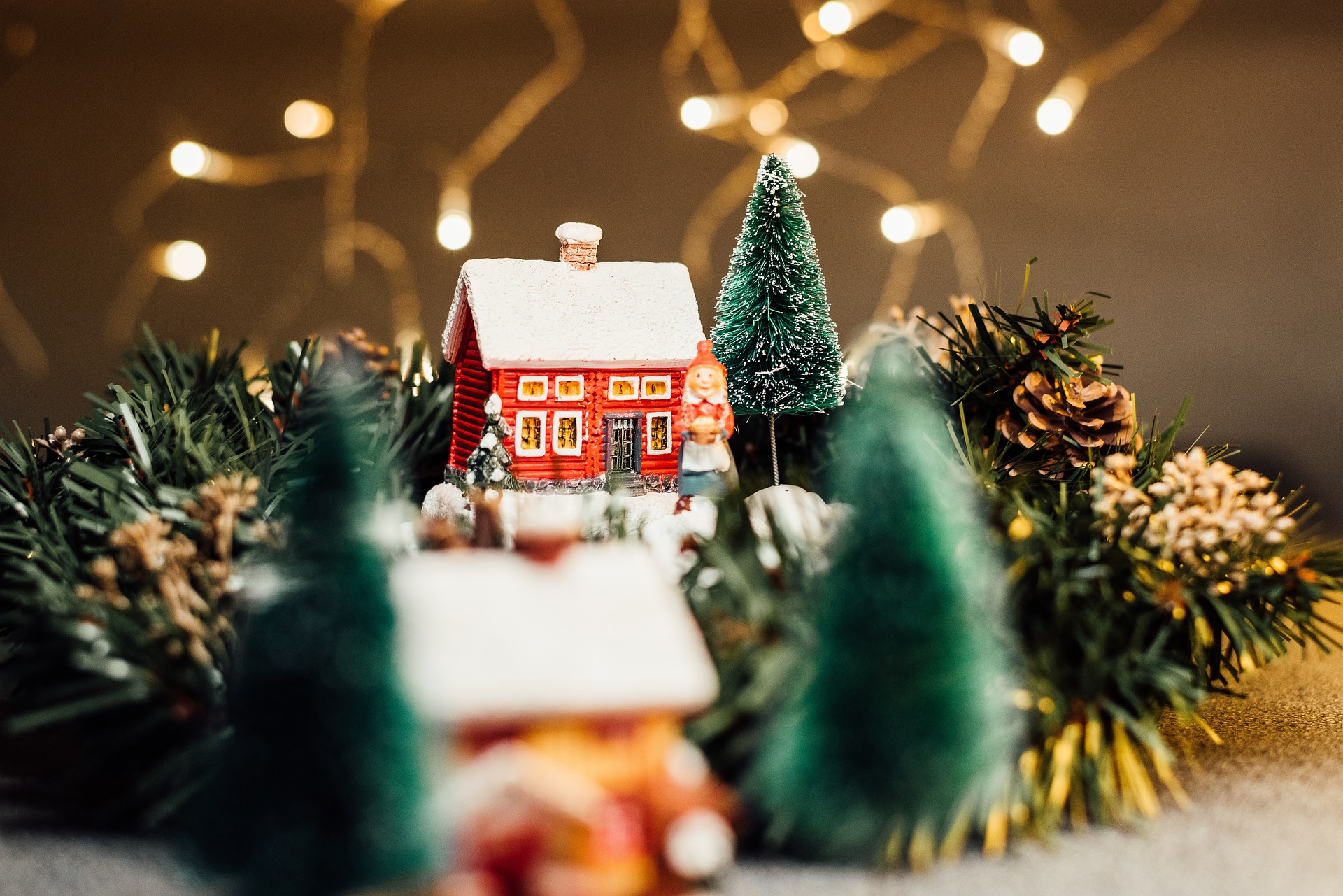Christmas Decoration Using Sustainable Materials and Lighting
A thoughtful Christmas decoration scheme can transform a home or public space into a memorable seasonal environment while reflecting design priorities such as durability, sustainability, and visual warmth. This article explores practical approaches—from simple holiday decor choices to larger mixed-media installation ideas—focusing on materials, structural elements, and lighting strategies that work together to create cohesive, responsible displays.

How to plan holiday decor?
Start by defining a clear concept that suits the space, the audience, and maintenance capacity. Holiday decor can range from a single tree and a mantle vignette to coordinated room palettes and exterior accents. Consider scale: small, frequent elements maintain interest without overwhelming, while a single focal piece anchors the composition. Factor in storage and reuse; choosing modular pieces or neutral bases with interchangeable accents extends usefulness across seasons. Finally, document placement and measurements to streamline setup in following years.
What is a dimensional wall installation for holidays?
A dimensional wall installation uses layers, projections, and depth to turn a flat wall into a sculptural holiday display. For Christmas Decoration, this might include mounted wreaths at varied depths, boxed frames with miniaturized scenes, or relief elements that cast shadows when lit. Such installations add visual interest without occupying floor space, making them well suited to apartments, lobbies, and hallways. Plan attachments to avoid damaging finishes: use removable hooks, cleats, or freestanding rails that support weight and allow seasonal removal.
These installations work particularly well when paired with complementary textures—natural boughs, metallic accents, or fabric backdrops—that create richness while remaining lightweight and safe.
Can sustainable materials work for Christmas Decoration?
Yes. Sustainable materials include reclaimed wood, upcycled textiles, recycled paper, and responsibly sourced greenery. Choosing sustainable materials reduces waste and often improves the longevity of holiday decor: a well-made wooden ornament or a cloth garland can be reused for many seasons. When selecting live greenery, prioritize local suppliers or certified sources that follow responsible harvesting practices. For artificial options, look for products with recyclable content or those built to be repaired rather than discarded.
Maintenance and end-of-life considerations are important: label components for reuse, disassemble mixed pieces for recycling, and compost natural elements when possible to close material loops.
How to use architectural lighting in festive spaces?
Architectural lighting enhances form and mood more reliably than decorative bulbs alone. Use layered lighting—ambient, task, and accent—to balance overall illumination and highlight focal points such as a tree, mantel, or a dimensional wall installation. LED strips and adjustable track fixtures provide control over color temperature and intensity, helping to maintain a consistent aesthetic while minimizing energy use. Integrate dimmers and programmable scenes to adjust brightness for daytime versus evening settings.
Place fixtures to avoid glare and ensure safety around flammable materials. Consider battery-powered, low-voltage options for temporary displays where running new wiring is impractical.
How to design a mixed-media installation for Christmas?
A mixed-media installation combines two or more material types—textiles, metal, foliage, lighting, and printed elements—to create depth and narrative. Start with a structural armature (wireframes, shelving, or modular panels) and build layers that alternate heavy and light elements for balance. Textiles introduce softness; metals and mirrors add reflective highlights that amplify architectural lighting; natural materials bring seasonal fragrance and texture.
Sketch compositions and create mockups at small scale to test color and scale relationships. Clearly label components and create a documented assembly sequence to speed installation and minimize errors. For public or commercial settings, ensure all materials meet fire-safety and accessibility standards.
Conclusion
Christmas Decoration benefits from a considered process that balances creative intent, material responsibility, and practical constraints. Whether you’re planning modest holiday decor for a family room or a larger mixed-media installation with integrated architectural lighting, prioritizing sustainable materials, clear planning, and safe mounting methods yields displays that are visually engaging and repeatable over multiple seasons.






